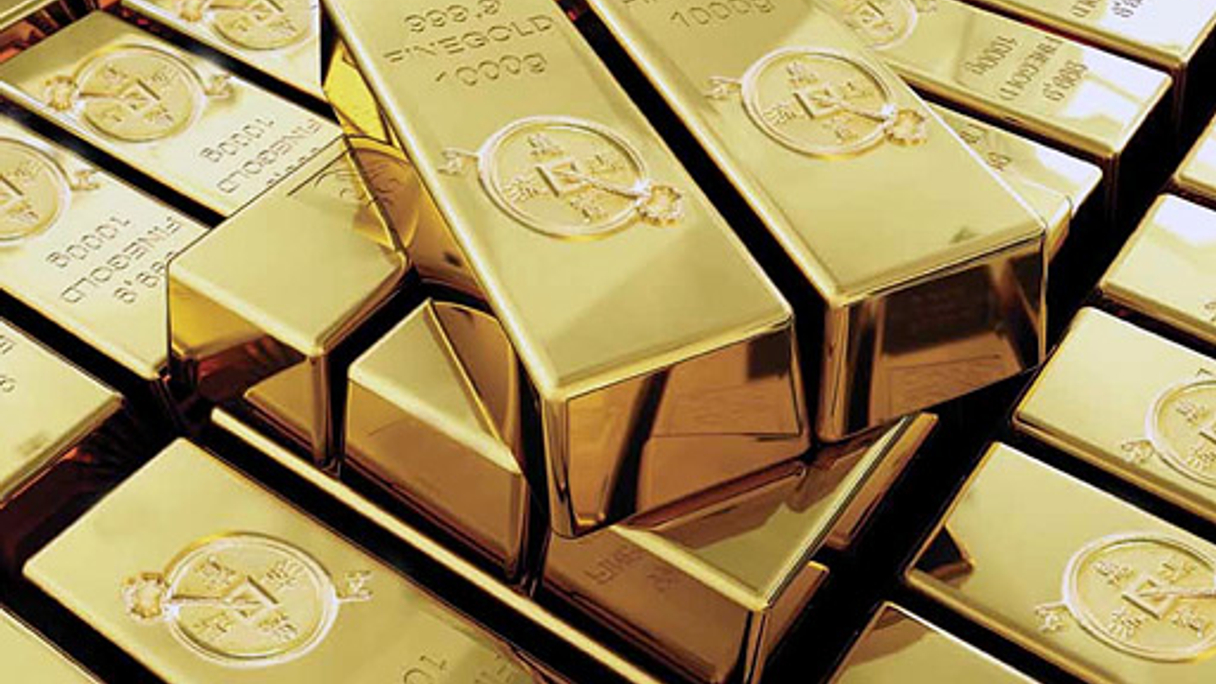Gold’s collapse on Monday took prices back to where they were two years ago, representing a 15% sell-off from Friday’s high. There are plenty of theories going around to explain this, but one of the more interesting is a re-take on the Great Rotation.
¬ Haymarket Media Limited. All rights reserved.



